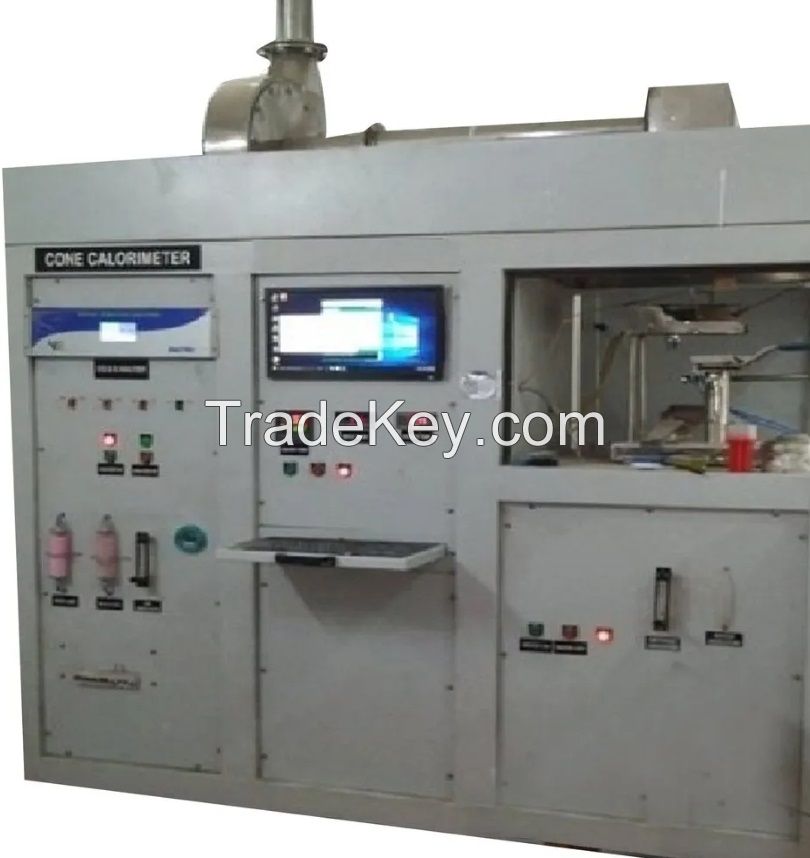
FOB Price
Obtenir le dernier prix1 / Piece
|Minimum Order
Localit�:
-
Prix de commande minimale:
Commande minimale:
1 Piece
Packaging Detail:
Woden
Delivery Time:
5 Days
Supplying Ability:
50 Piece per Week
Payment Type:
L/C, D/A, D/P, Western Union, Money Gram
India
Personne à contacter Mayank Kumar
Other